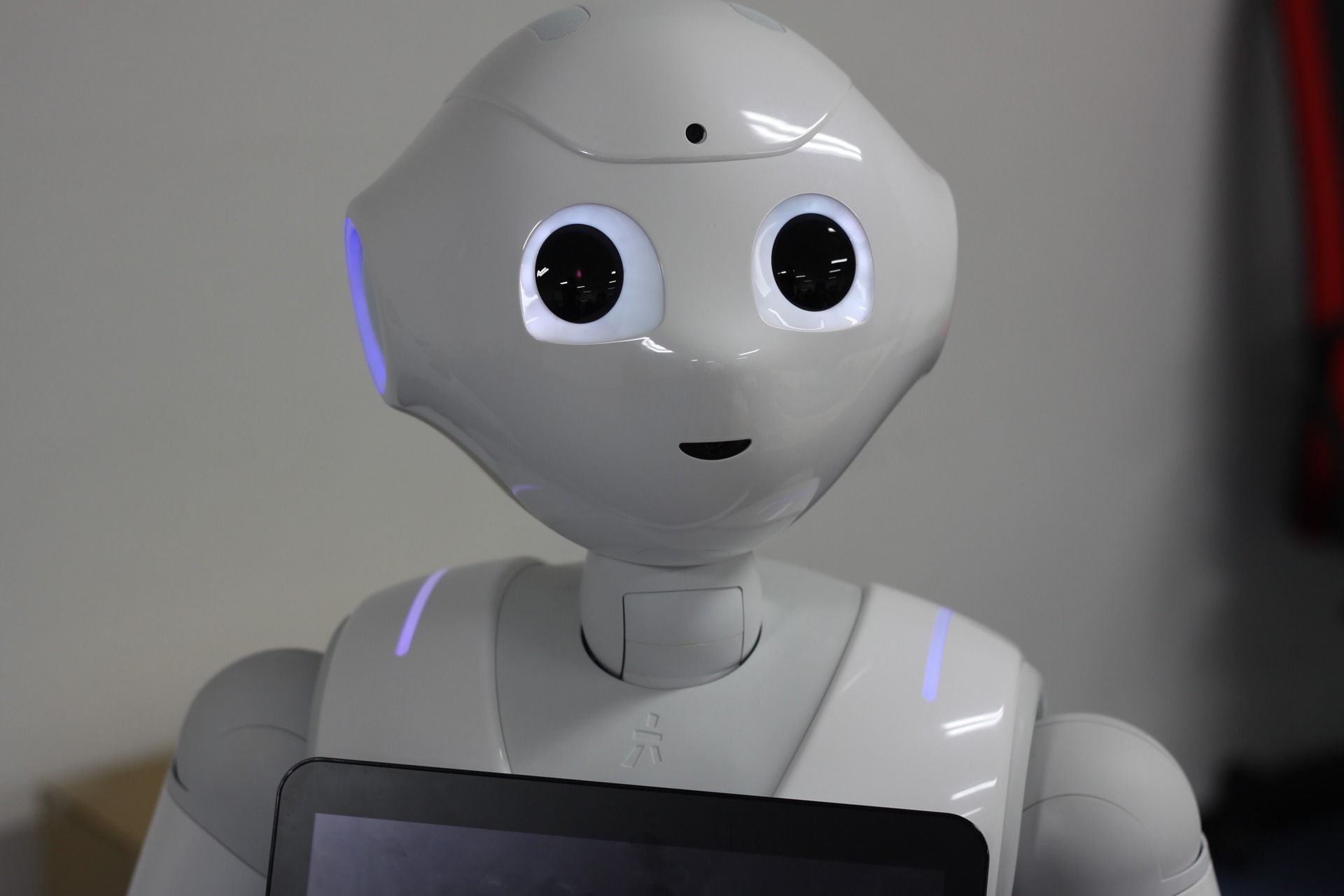
A product must touch emotionally and attract attention in order to be successful. How to achieve this is a central point in market research and here too intelligent speech recognition can make a decisive contribution. Part four of our series on intelligent speech recognition is about marketing and market research today – and about robots as salespeople.
It is well known that it does not only depend on what someone says but perhaps even more, how they say it. And that is exactly the crux of market research. How does a potential buyer react to a product? What emotions are triggered? What makes one product a success and the other a flop? In order to find out and predict the success of a product idea, it is important to consider subconscious reactions to a product and to make them measurable. This is possible through voice analysis: combining the content analysis of the spoken answers with the implicit, emotional component of the answer in the evaluation of voice recordings.
“Two things are extremely important in marketing,” says Dagmar Schuller, CEO and co-founder of the Munich-based start-up audEERING. “On the one hand, as in classical communication, it is about how I communicate, i.e. what emotions I show regarding a certain product. On the other hand, actual market research is about asking myself as early as possible how to differentiate myself from a competitor’s product. Do I have the opportunity to set higher quality standards through improved market research so that my product is perceived as better and more positive than that of the competition?”
Intelligent speech software such as the “openSMILE” audio analysis toolkit can evaluate speech recordings in which people are asked what they think of a new idea or a new product by measuring its emotional impact. Calculations of language characteristics such as tone of voice or speech rhythm make it possible to calculate the degree of emotional excitement.
“For example, if I want feedback on how someone understood a shopping situation or how someone felt during the purchasing process, I can’t really find out through a classic questionnaire and just clicking”, explains Schuller. “Then I’m in trouble again, what’s good? How good is good? With our App Quantizer, you can combine classic feedback with asterisks with voice feedback to get much more detailed results. We then match accordingly, is this actually positively or rather negatively connotated, to achieve additional results in this area.”
Will robots soon become the better sellers?
The classical market research was always about what motivates people to make a certain purchase decision. “Is that someone who might need help? A contact person who can help him make this purchase decision, or someone who already knows exactly where he’s going, knowing what he wants? You have to deal with completely different people”, says Schuller. In this situation, in which speech analysis is used directly in the store, robots such as ‘Pepper’ or ‘Paul’, who act as an assistant at Media Markt and Saturn, can also provide very good service. They lead customers to the shelf or help them select the product by providing information or the likes of a product.
“Unfortunately, this robot is not yet emotionally intelligent linguistically, but imagine you are talking to him and he actually understands what you want. He realizes a customer is hesitating because the price may be too high for them. He notices that they are unhappy because they don’t like the brand very much or are in a bad mood that day anyway because someone drove into your car, the taxi was too slow or something,” Dagmar Schuller looks ahead. “Then he has a completely different basis of decision to propose products. That means that how something is said can have a decisive importance in the sales process.”
In outdoor advertising, emotion recognition is complemented by another important component: the evaluation of the scenery. If it doesn’t fit, the most imaginative, the most beautiful poster or even the greatest product is of no use at all. “Maybe it’s just the acoustic environment and people just walk by without looking because there’s a huge construction site next to it”, says Dagmar Schuller. “As a customer, you don’t know that. One only thinks, this is a super location, for example at the main station in Berlin, there are a lot of people, but one does not know why they just walk by. You have to capture the acoustic scenery and know how something sounds. Is it pleasant or not? This gives you an additional decision factor. I want to be placed there or no, I don’t want to be placed there. These are opportunities that you can take advantage of in marketing and media.”
After all, in advertising, you would also choose YouTube videos, for example, which are well received emotionally and not those which spread panic, stress, and hecticness unnecessarily and in which you know from the outset that these negative feelings would also be generated by the viewer. According to Dagmar Schuller, the same also applies to the evaluation of products or the improvement of the sales process. “Then I have the opportunity to put him in the emotional state in which he makes this positive purchase decision, so that he then goes out happily and connects something positive with me as a brand, as a company.”
Photos: audEERING, Pixabay

